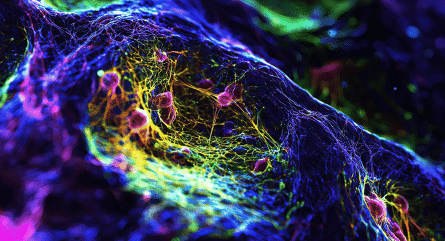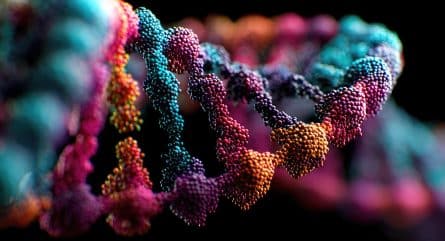iGEM is many things. It’s an experience, adventure, and a community. But it is also a competition. Teams vie for medals, prizes, and awards. Many teams are eager to achieve formal recognition for their work, but every year is a different experience, especially in a post-pandemic world. So just what is it that contributes to a team’s success? With IDT’s continued support as a platinum sponsor, there are several considerations that teams may want to consider.
1. Keep your iGEM project simple and achievable
There is a tendency for teams to think too big and take on too much. Keeping it short and sweet gives teams the best shot at reaching their objective and developing compelling data. Ask yourself, “Are the data strong enough? What can make our data more convincing?” Take this approach instead of trying to build a huge project and only getting to the troubleshooting steps.” IDT donates up to 20 kb of our gBlock™ Gene Fragments to each iGEM team, however, some teams may feel overly ambitious right out of the gate with their orders. Sometimes, teams tackle something that is too ambitious. Custom, complicated projects may prove to be too advanced, and worse yet, they may not be manufacturable. When a team places an order that can’t be fulfilled, they lose valuable time. IDT gene support experts advise that teams reach out to IDT to ask for input to make sure their designs are manufacturable and achievable.
2. Work with people who aren’t like you
Resist the temptation to recruit team members who are from your field of study. Forming an interdisciplinary team enables different perspectives and skillsets to synergize. For a successful presentation, ask “Is it is evident that everyone is a contributing member—with a unique skill or perspective?” Gut check: There is not a single go-to person answering questions; instead, each person contributes in their own way.
3. Follow the program set forth by iGEM
Judges score projects with a rubric that aligns with competition requirements. Keep to this script. Structure your presentation so that judges can see which requirements you achieved. Walk judges through the criteria so they can check off the requirements on the judging form. By meeting the most criteria, you improve your chances of being nominated for a medal.
4. Make your iGEM project useful to science and humankind
Utility is just as important as innovation at iGEM. Show judges how your project could be helpful to your peers, the field, and humankind. Would other teams at iGEM benefit from your work? What real-world needs does it fulfill? Be prepared to defend how your work could help others. Consider having a few examples to share or going further by reaching out to potential beneficiaries to get their input and include that feedback in your presentation.
5. Let your iGEM project show that you care
Passion burns bright at iGEM, and the judges notice. Choose something that motivates and excites everyone on the team. It shouldn’t feel like an assignment; it should be fun. From a judge’s perspective, they can see the excitement and know when it is there. It comes through in your presentation and the way you answer questions with more optimism. Although addressing a trending topic may be a way to elevate a project, it might require more background work. Teams should consider and understand the “whys” of their project, which means devoting time to understanding the issues and implications surrounding their work.
6. Know your data
Verify every detail and know your data inside and out. Judges sign up for specific categories because they have a personal or professional interest in them. Anticipate expressed expertise in your topic. Judges will ask questions, not only to see if you have an iron-clad case of your hypothesis, but also out of genuine curiosity and excitement for the subject matter. If you get stumped by a tricky or tangential question, don’t offer up, “I don’t know,” and move on. Try to acknowledge the question with as much information as you can comfortably provide and outline possible next steps that could include the questioner’s area of interest.
7. Be humble and honest
The judges are not trying to convince you that you are wrong. They are trying to figure out if you have met the requirements in the scoring rubric. Never try to fake your way through a line of questioning. Acknowledge the project shortcomings. Many times, in science, you fail to meet initial expectations or goals; however, you just have to acknowledge what you did instead and provide an explanation.
Overall, participants should recognize that iGEM is an introduction to the scrutiny of peer-reviewed science. A rigorous analysis of your project is practice for what you can expect when trying to get published. The ability to anticipate and respond to peer feedback is an essential skill for scientists and yet another way that iGEM helps prepare participants for successful careers in synthetic biology.

























